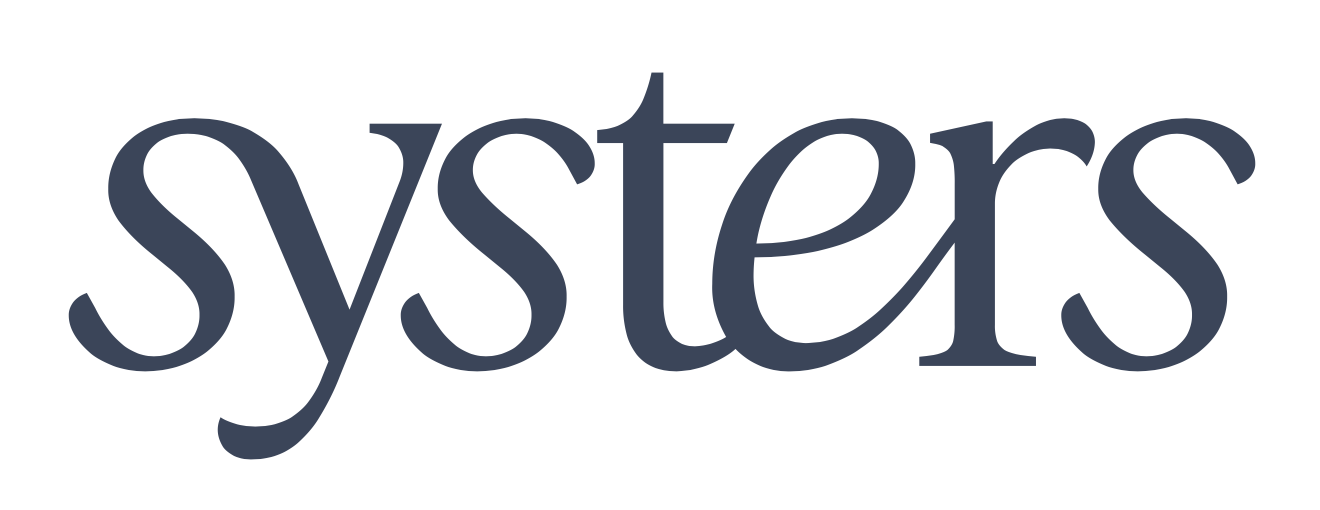A 15-second breathing technique for an instant relief from acute stress.

(2-minute reading)
Elevated heart rate, stomach in knots. The desperate line “calm down” is not helping, on the contrary - it makes everything worse. Stress is dominating our mind, and our mind controls our body. Stress can overpower us in such a way that the moment we need stress management techniques the most, it is very difficult to actually apply them. And, let’s be honest, we don’t often feel like it, either. And even if we do, a brain fog of anxiety is clouding our mind, preventing us from thinking or acting rationally. In the following article, I would like to share with you one of the ways that can help you stay calm in a crisis situation.
Why do I like this technique?
- It has immediate effects.
- I can perform it anywhere, anytime.
- It is free.
The physiological sigh
Imagine a sobbing baby. There are tears streaming down her face, she is sniffling, almost out of breath. Then she breathes in twice, and exhales slowly. This is an exemplary physiological sigh.
The physiological sigh is a breathing pattern. It was discovered in the 1930s, and was later studied (still is) by a world-class expert on neurobiology of breathing, professor Jack Feldman, and Mark Krasnow, a professor of biochemistry at Stanford University. We do the physiological sigh naturally and automatically. We all do it and we do it every day. You, me, our neighbours, children, but also dogs, for example. So what is it, exactly? This magical phenomenon takes place in our lungs. To be more specific, it occurs in the 500 million alveoli, the balloon-like sacs in our lungs. Under normal circumstances, they allow us to inhale and exhale an enormous amount of oxygen and CO2. We perform a physiological sigh on average every 5 minutes, even during sleep.
And how will this help me relax?
We sigh less when we are stressed. The alveoli may start to collapse and, as a result, the levels of oxygen begin to drop, CO2 begins to accumulate in our bloodstream, and our body receives a stress signal: “Oh boy, something’s wrong!” By intentionally performing the physiological sigh, we affect our alveoli. How? The double inhale forces the alveoli to reinflate and they can be filled with oxygen. During the long exhalation they help us remove a large amount of CO2 at once. Studies have shown a significant decrease in stress levels already after two or three repetitions of physiological sighs.
|
How can you perform the physiological sigh?
|
The next time you feel stress is winning and about to dominate you, remember this sigh. Although it will not solve the cause of stress for you, it will help you get back on the horse and get the situation under control.
Bibliography:
https://bioscience.ucla.edu/people/jack-feldman/
https://krasnow-mark.squarespace.com/
Hubermanlab, 2021. Tools for managing stress and anxiety. [podcast] hubermanlab. Available at: <https://hubermanlab.com/tools-for-managing-stress-and-anxiety/> [Accessed 10 March 2022].

